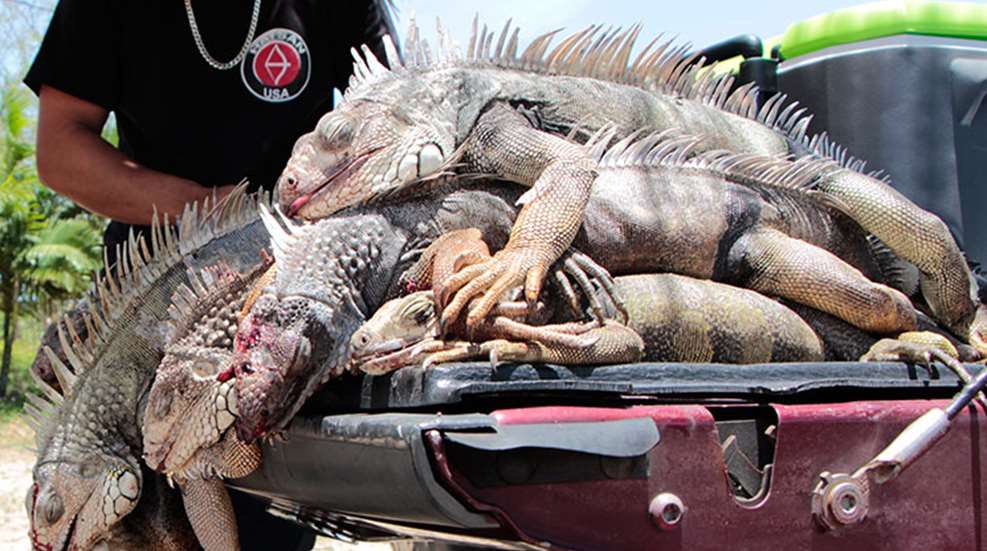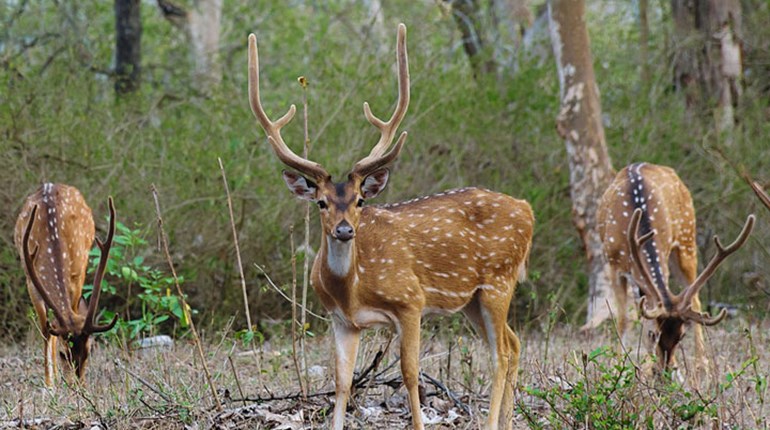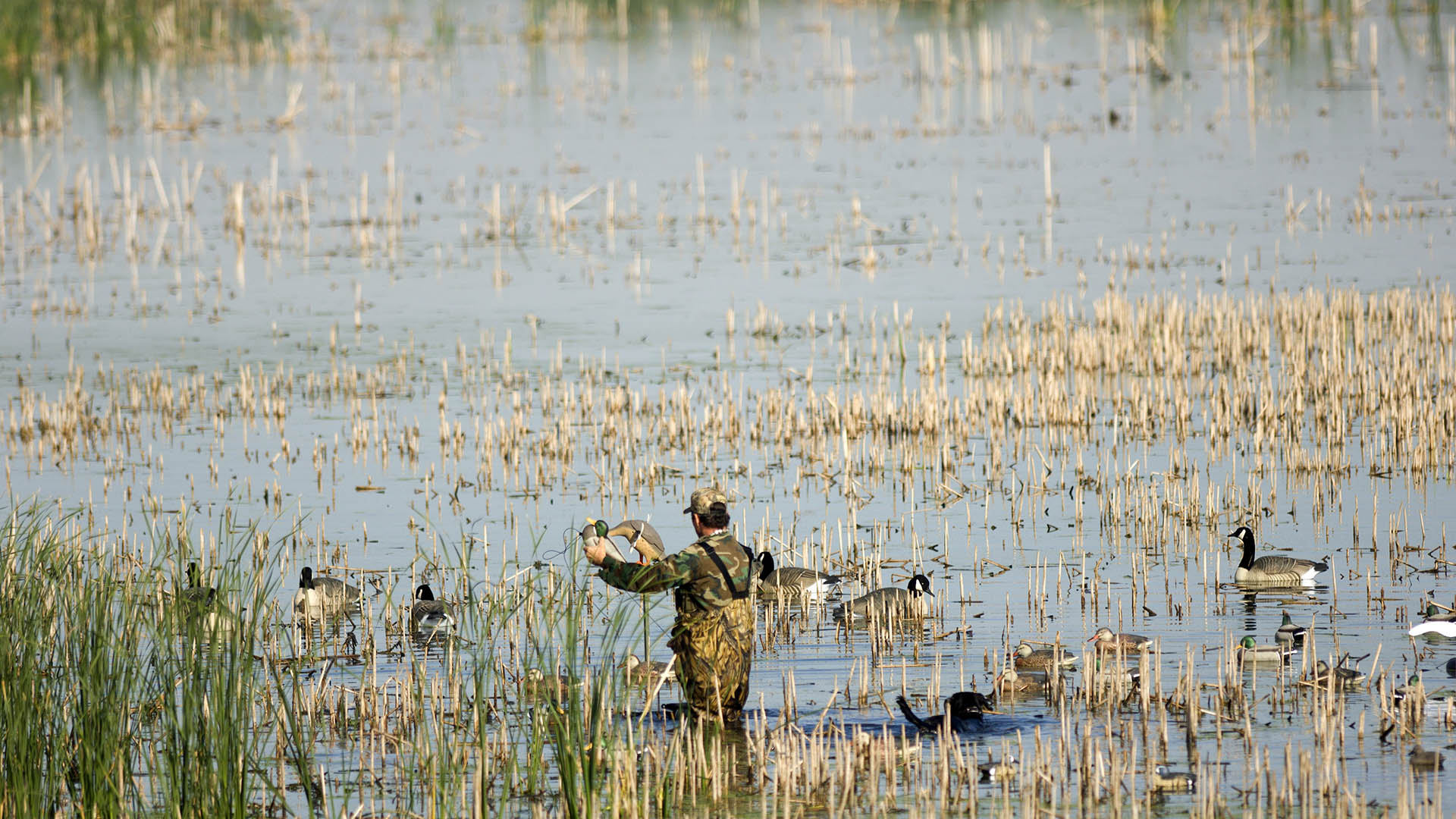
Puerto Rico. Home to fruit-filled rum drinks, beautiful beaches, dense tropical forests and millions of destructive, non-native lizards that are wreaking havoc on infrastructure and agriculture. We are, of course, talking about the iguana—which is what brought Associate Editor Jon Draper to the island paradise in mid-May, armed with a Hatsan air rifle.





































